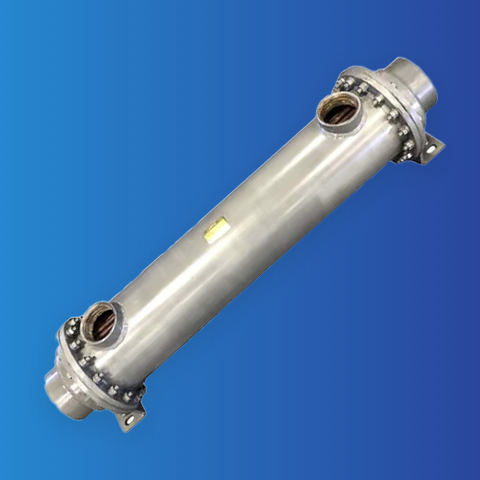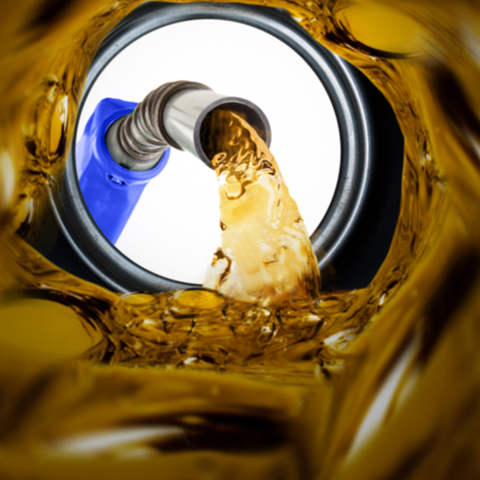When radiator corrosion comes out of nowhere and causes a vehicle’s radiator or heater to fail in a short amount of time, electrolysis corrosion inside your radiator or heater may be the culprit.
You may be wondering what caused this and why there weren’t any signs of rust, cloudiness, or discoloration of the coolant. There is a solution as well as ways to spot electrolysis corrosion before it strikes again.
Continue reading to learn more about electrolysis corrosion and how to prevent it.
What Is Electrolysis Corrosion?
Electrolysis corrosion or “stray current corrosion” is when an electrical current passes through your vehicle’s coolant on its way back to the battery negative or ground. If you or a customer’s cooling system is using an engine or chassis as a ground then electrolysis corrosion on your radiator or heater can occur.
Basically, the ground attachment point on the vehicle can be missing or in poor condition. It can also occur if the ground cabling used for things such as driving lights, high-powered audio systems, winches, or other accessories can’t handle the amount of electrical flow.
If this is the case, then the electricity will generally find the path of least resistance and use the coolant in your cooling system to return to the ground. It is the easiest alternative for electricity to escape the vehicle.
Signs of Electrolysis Corrosion
Since electrolysis corrosion is a sped-up version of normal corrosion it starts to show up as pinhole leaks on your radiator or heater. These small holes may also have black-ish edges. Even brand new radiators and heaters can form leak sites in as little as a few weeks to months.
These leaks can be hard to find since there is no discoloration of your coolant. A professional can try pressurizing the cooling system above its design pressure and then visually inspect the cooling system for leaks or signs of electrolysis.
Another way to spot electrolysis corrosion is by checking gaskets and/or seals that are made of synthetic rubber. These tend to be affected by the electrochemical attack and pressurized coolant will then leak out of these areas.
If you are unsure of why car radiator or heater corrosion is occurring in your vehicle you should contact a professional to perform more tests. They may need to check your coolant unit using an analogue multimeter to read the voltages.
They will then turn on all the electrical components of the vehicle including stepping on the brake pedal to turn on the brake lights, then systematically turn off these components and monitor for voltage drops. This is a complicated and specialized process that should only be performed by a professional.
Electrolysis Radiator Corrosion Solutions
There are a variety of tests used to determine if electrolysis radiator corrosion is occurring in your vehicle. It may not always be obvious that this is the case. Professional help is recommended if your radiator or heater is experiencing unusual corrosion.
Luckily, there is often a simple solution to electrolysis corrosion and can be easily remedied once it has been identified by a professional.
What Should You Do About Radiator Corrosion?
Electrolysis radiator or heater corrosion might mean buying a new component. Before you replace your leaking or defective part, it’s important to resolve the problem first.
If you’re looking for help with your cooling system contact us today! We can provide professional services and solutions to your problems and we are conveniently located in Red Deer.











